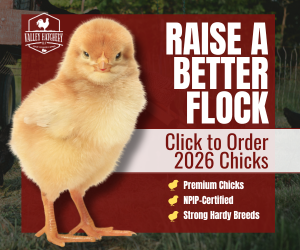are there enough hens to keep the roosters happy?
I don't think happy roosters should be the goal. I'm not sure happy hens should be the goal either. Maybe a peaceful flock?
I don't know what you are seeing right now or how old your birds are. If they are fully mature and peaceful life is good, at least for now. But if they are pullets and cockerels things could go bad pretty fast as they go through puberty and get to adulthood. It is quite possible things will stay bad and never get peaceful. You never know with living animals.
One thing that can go bad is that the boys may fight over the girls. It doesn't matter if it is one girl or fifty, they may fight. Adding more girls won't change that if they are going to fight. Sometimes these fights are just skirmishes and one quickly decides it is best to run away. As long as he has room to run away and get away (the other may chase him) these skirmishes might end peacefully. They decide who is boss and get along afterward. Or one may never decide to run away and they fight to the death. Or one tries to run but can't get away so the winner keeps after the loser until he is dead. How much room they have to run away and get away, then avoid each other in the future, is important. So is the personality of the individual boys.
Another thing that can happen and often does with cockerels going through puberty is that they may (and probably will) force any female to mate. At this age mating is not really about sex, it's about dominance. The one on bottom is accepting the dominance of the one on top, either willingly or by force. With immature cockerels it is usually by force. It can get pretty violent. Again, if the boys are going to do this it doesn't matter if it is one or fifty girls. It is going to be violent. That's with just one boy, you have three.
Something that can happen, one boy with one or fifty girls or three or more boys with any number of girls, is that they decide to pick on one girl especially. It might be a meek mild girl that is easy. It might be one that is definitely not easy, she resists their attempts at dominance and may even fight back, though often she just runs away. They try to beat her into submission to their dominance and have a tough time of it. Adding more girls won't help this if there is something special about her that makes her a target. Sometimes the boys are so rowdy that most or all of the girls get so stressed they spend all day in the coop or even up on the roosts where it is harder for the boys to get to them. Some of this can happen with adults too but it is usually much worse with adolescents.
I've tried to use weasel words like "can" and "sometimes" throughout. You never get guarantees with living animals, it is possible things may not get bad, especially if one of the males is so dominant that he keeps the other two in check. But with three boys and four girls I do not like your odds at all.
So what can you do? I don't know what your goals are with those boys or why you are keeping chickens. The only reason you need a male is if you want fertile eggs. Anything else is just personal preference. Nothing wrong with personal preference, that can be a pretty strong reason. But that is a choice, not a need. My general suggestion is to keep as few males as you can and meet your goals. That's not because you are guaranteed problems with more males but that the more males you have the more likely you are to have a problem. I don't know what the right number is for you, 0, 1,2, or 3.
If you decide to keep more than zero, what can you do? I'd have a place I could isolate one or all of the boys at a moments notice if you need to. Even if you try to keep just one, things can possibly get pretty violent with the girls. You can try leaving all three with the girls, it might work out, but I'd have a Plan B ready to go instantly.
You can keep extra boys in a bachelor pad. That's where they have their own coop and run with no girls to fight over. Several people successfully do that, just give them enough room like you should for any flock.
Or you can get rid if 1, 2, or 3 of the boys. You can sells them, give them away, or eat them. Your choice.




